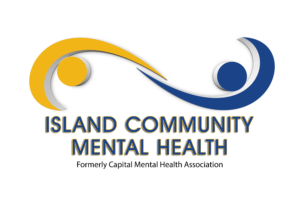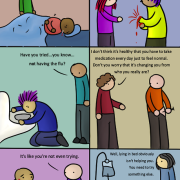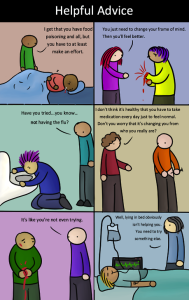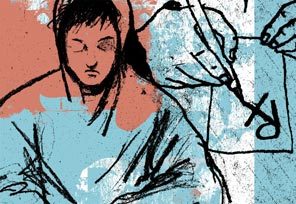Angela Mulholland, CTVNews.ca
Published Thursday, November 14, 2013 9:29AM EST
Last Updated Thursday, November 14, 2013 11:30AM EST
For years, forensic psychiatrist Dr. John Bradford has been renowned as an expert in his field with a keen ability to look into the minds of criminals. But now Bradford is revealing that watching videos of the crimes committed by the likes of Paul Bernardo and Russell Williams led to a diagnosis of post-traumatic stress disorder. And he’s warning that it could happen to others.
Over the course of his career, Bradford has seen videos that few others have: the footage that Paul Bernardo and his then-wife Karla Homolka took of their crimes, as well as the images of Russell Williams killing his victims.
Watching the videos was necessary for his job, but Bradford says he didn’t realize the images were staying with him and eroding his own mental health.
“I think I first noticed things after the Bernardo video tapes,” Bradford told CTV’s Canada AM from Ottawa Thursday. “There was one particular scene in that that seemed to play over and over again in my head and that had audio with it.”
Many others who watched the Bernardo videos were just as affected as he was; in fact, many jurors were offered counselling after the trial.
But Bradford thought he had remained detached from what he saw. His thoughts about the videos seemed to fade after a few months, he says, and while the memories sometimes resurfaced, he didn’t think they bothered him.
“But then, when I was exposed to the Russell Williams videotapes, it really just hit me much harder,” he said.
Viewing both the Bernardo and the Williams tapes, Bradford watched women being raped and listened to them pleading for their lives, knowing that they were about to die. Within 30 minutes of seeing the Williams tapes, Bradford says he began to have a breakdown.
To read more, click here.















